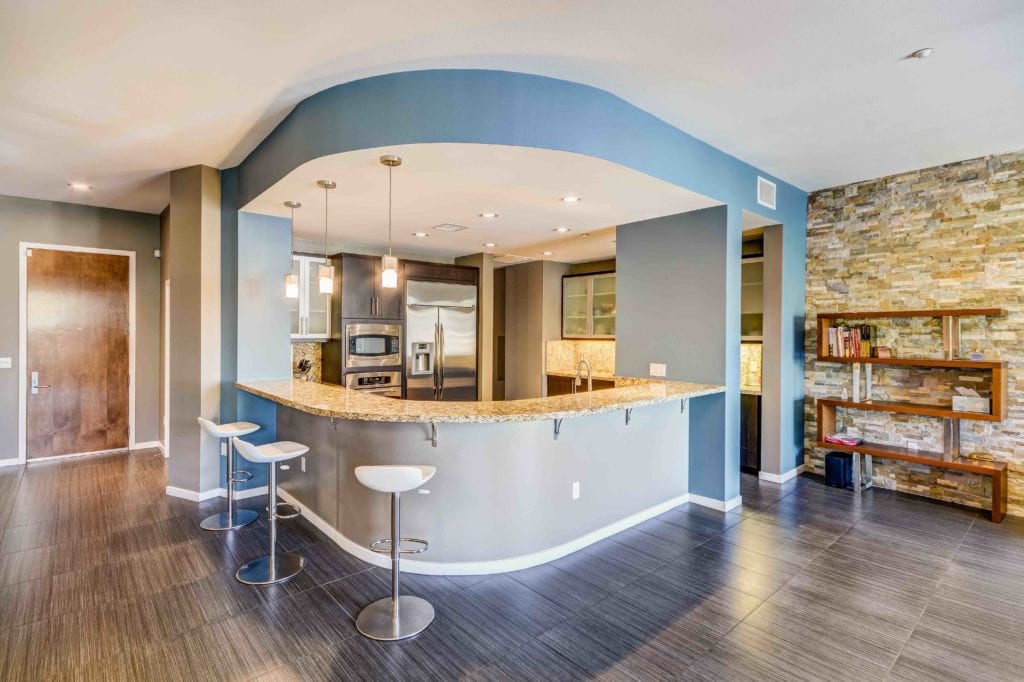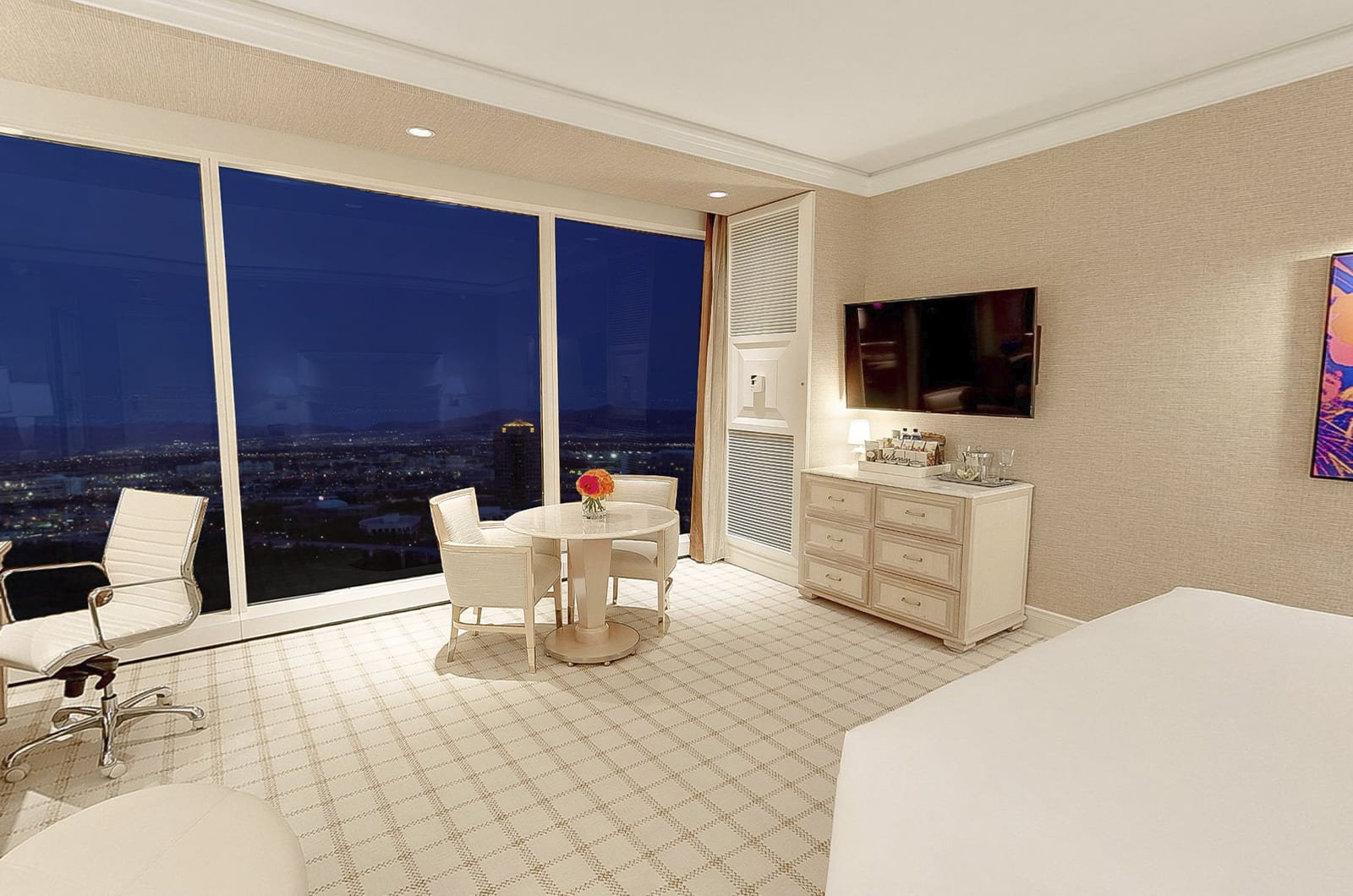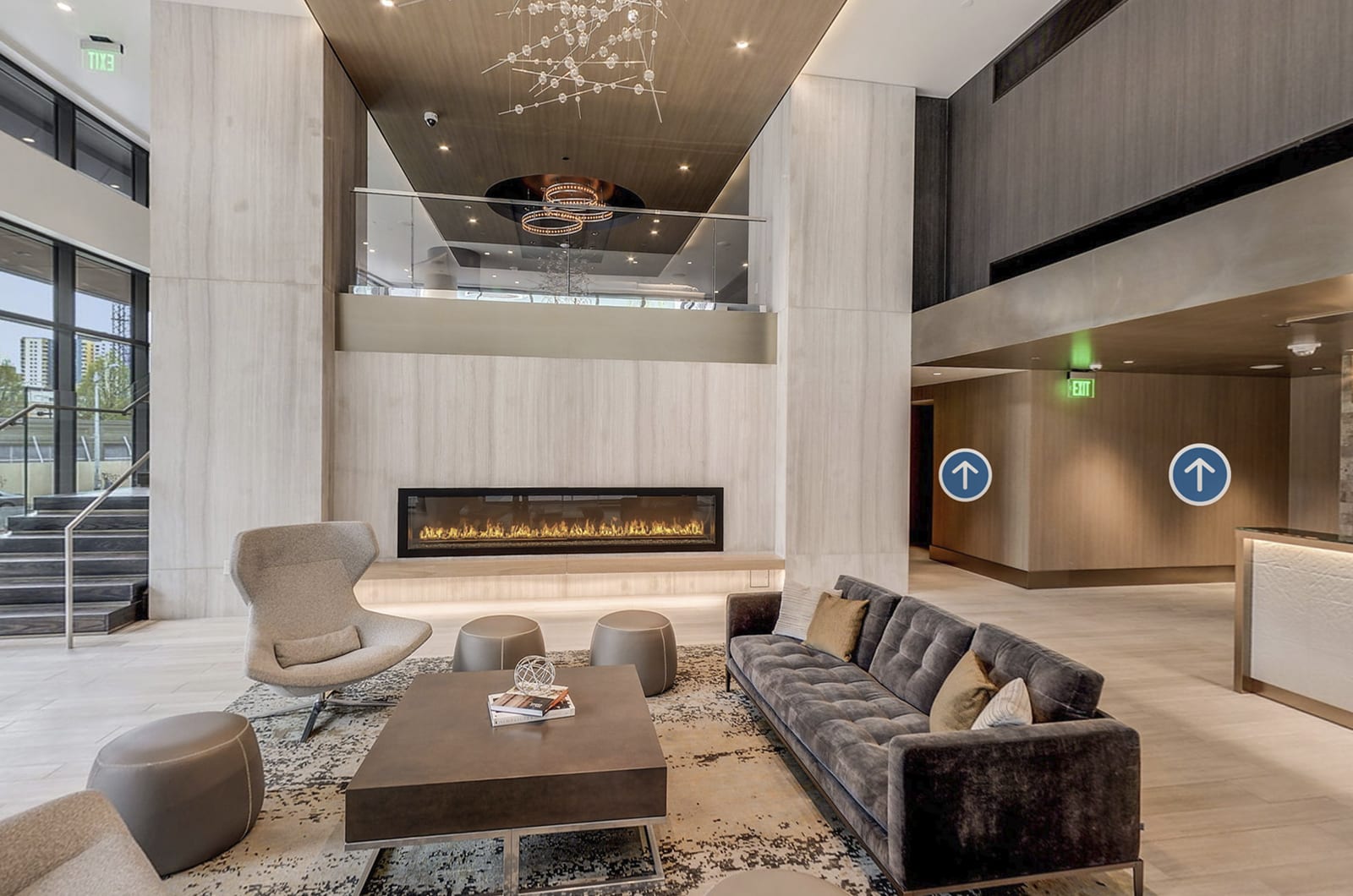Generally speaking, your website is usually the first thing customers experience when it comes to your company, so it’s crucial that the photos are up to par to your brands standards. In addition, they also need to be optimized for something else – SEO (Search Engine Optimization).
If you currently have a website, then you’ll hopefully already know a little about SEO and how it works, but let’s look at it quickly now.
Google is by far the most popular search engine in the Western World, and as such, it sets the standard by which other search engines operate. We can, therefore, assume that anything we do to ensure our website is found there, will work elsewhere.
For our purposes, we’ll concentrate on the one factor that can not only keep your users happy, but has a large influence on Google ranking (Search placement online).
Image Size

Typically, when individuals visit a web page, they want to see it right away. A handful of individuals are now using their mobile phones to look at the web, and when they do, they’re often on a mobile network, not Wifi. This tends to brings problems.
The mobile network is still nowhere near as fast or reliable as wi-fi, and it’s often metered, i.e., people will pay for the amount of data they use.
As a result, it’s therefore in the interests of website owners to make their sites as fast as possible, and get across as much information as they can without causing large data downloads. One of the simplest ways to do this is to use image compression.
When you download your image from a digital camera, it will probably be quite large, and yet, an assortment of individuals take these images and upload them directly to their website.
Even from a fairly entry-level camera, you’ll probably find an uncompressed image weighs in at about 12 Mb, which if left uncompressed will take ten seconds to download on fairly standard broadband.
That’s a lifetime on the Internet, and most people will give up and move on to another site. On a mobile phone, it’s even worse. Even on 4G, it could take nearly a minute to appear on the phone.
Not only that, it’s taking up a lot of the mobile users’ bandwidth. If all of your images were that size, it would take just 300 images to reach the average user’s monthly allowance.
Do You Want To Be Responsible For That?
Luckily it’s possible to compress images, so they take up only a fraction of that space, and it’s easy, too. Jpeg is a wonderful format for the web, and it means we can show fantastic images without having to have huge downloads.
For the latest tech news and trends, Matterport 3D Tour information, Aerial Photography Service updates, 360 Virtual Tour projects, incredible HDR Real Estate Photography images, Architectural Photographer tools and much more, make sure to follow our blog: https://invisionstudio.com/blog/







